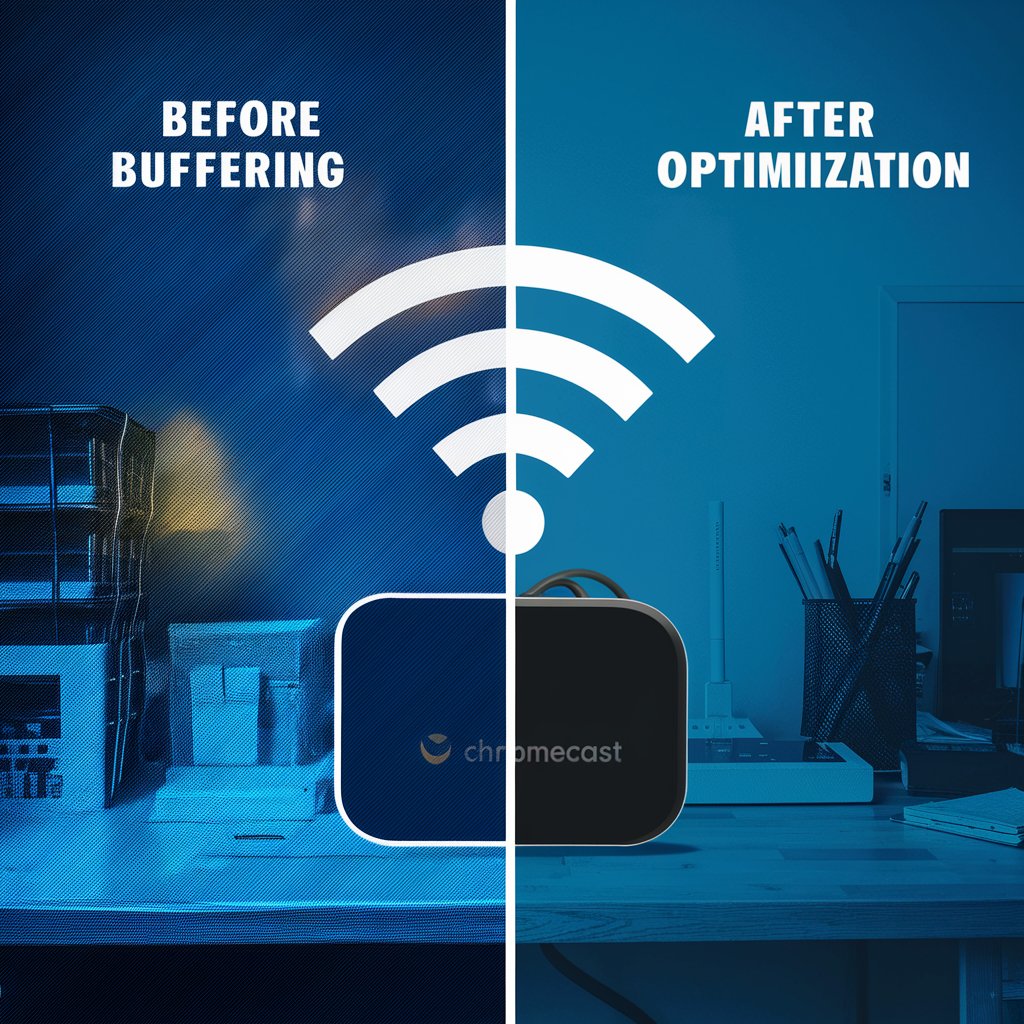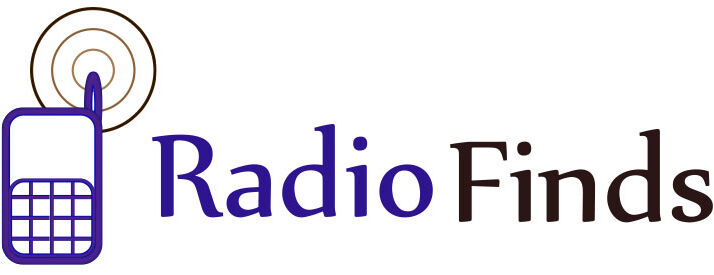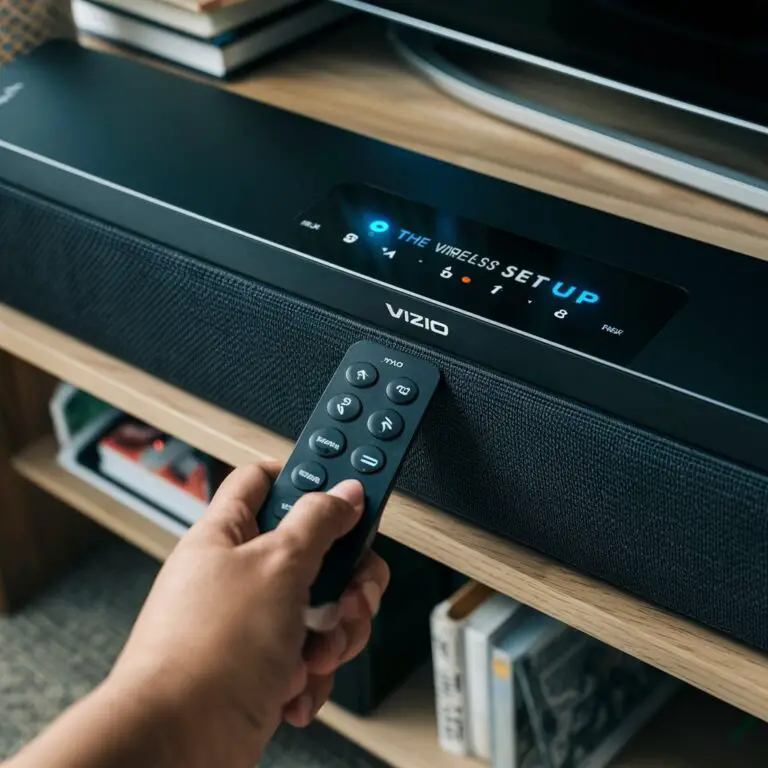How to Change Chromecast WiFi Network
Understanding Chromecast and WiFi Networks
Before we dive into the process, let’s understand what Chromecast is and how it interacts with WiFi networks.
What is Chromecast?
Chromecast is a popular streaming device developed by Google that allows users to cast content from their smartphones, tablets, or computers to their TV. It connects to your home WiFi network, enabling you to stream content from various apps and services, such as:
- Netflix
- YouTube
- Hulu
- Google Play Movies & TV
- Spotify
How Chromecast Connects to WiFi
Chromecast relies on a stable WiFi connection to function properly. When you first set up your Chromecast, you connect it to your home WiFi network. This allows the device to communicate with your streaming apps and receive content to display on your TV.
However, there may be instances when you need to change the WiFi network your Chromecast is connected to, such as:
- Moving to a new home
- Upgrading your router
- Experiencing connectivity issues
Step-by-Step Guide to Changing Chromecast WiFi Network
Follow these steps to change the WiFi network on your Chromecast:
Step 1: Ensure Your Chromecast is Connected to Power
Before you begin, make sure your Chromecast is plugged into a power source and your TV’s HDMI port. Your TV should be turned on and set to the correct HDMI input.
Step 2: Open the Google Home App
On your smartphone or tablet, open the Google Home app. If you don’t have the app installed, download it from the App Store (for iOS) or Google Play Store (for Android).
Step 3: Select Your Chromecast Device
In the Google Home app, tap on the Chromecast device you want to change the WiFi network for.
Step 4: Access Settings
Tap on the gear icon in the top right corner of the screen to access the settings menu.
Step 5: Select WiFi
In the settings menu, tap on “WiFi” to view the current network your Chromecast is connected to.
Step 6: Change WiFi Network
Tap on “Forget This Network” to disconnect your Chromecast from the current WiFi network. Then, tap on “Add” to select a new WiFi network from the list of available networks.
Enter the password for the new WiFi network and tap “Connect.”
Step 7: Wait for Chromecast to Connect
Your Chromecast will now attempt to connect to the new WiFi network. This process may take a few moments.
Step 8: Verify Connection
Once your Chromecast has successfully connected to the new WiFi network, you will see a confirmation message in the Google Home app.
To verify the connection, try casting content from a streaming app to your TV. If the content plays without any issues, your Chromecast is now connected to the new WiFi network.
| Step | Action | Description |
|---|---|---|
| 1 | Ensure Chromecast is Connected to Power | Make sure your Chromecast is plugged into a power source and your TV’s HDMI port. |
| 2 | Open the Google Home App | On your smartphone or tablet, open the Google Home app. |
| 3 | Select Your Chromecast Device | In the Google Home app, tap on the Chromecast device you want to change the WiFi network for. |
| 4 | Access Settings | Tap on the gear icon in the top right corner of the screen to access the settings menu. |
| 5 | Select WiFi | In the settings menu, tap on “WiFi” to view the current network your Chromecast is connected to. |
| 6 | Change WiFi Network | Tap on “Forget This Network” and then “Add” to select a new WiFi network. Enter the password and tap “Connect.” |
| 7 | Wait for Chromecast to Connect | Your Chromecast will now attempt to connect to the new WiFi network. |
| 8 | Verify Connection | Once connected, try casting content from a streaming app to your TV to verify the connection. |
Troubleshooting Tips
If you encounter any issues while changing your Chromecast’s WiFi network, try these troubleshooting tips:
- Restart your Chromecast: Unplug your Chromecast from the power source, wait a few seconds, and then plug it back in. This can help resolve minor connectivity issues.
- Check your WiFi password: Ensure you have entered the correct password for the new WiFi network. Double-check for any typos or misplaced characters.
- Move your Chromecast closer to your router: If your Chromecast is too far from your WiFi router, it may experience a weak signal. Try moving your Chromecast closer to the router to improve connectivity.
- Update your Chromecast firmware: Ensure your Chromecast is running the latest firmware version. Firmware updates often include bug fixes and performance improvements that can help resolve connectivity issues.
Optimizing Your Chromecast Experience
Now that you have successfully changed your Chromecast’s WiFi network, here are some tips to optimize your streaming experience:
Use a 5GHz WiFi Network
If your router supports both 2.4GHz and 5GHz networks, connect your Chromecast to the 5GHz network. This network provides faster speeds and is less prone to interference from other devices.
Minimize Interference
Keep your Chromecast away from devices that can cause interference, such as cordless phones, microwaves, and Bluetooth devices. These devices can disrupt your Chromecast’s WiFi signal, resulting in buffering or poor video quality.
Use an Ethernet Adapter
If you have a Chromecast Ultra, consider using an Ethernet adapter to connect your Chromecast directly to your router. This wired connection provides a more stable and faster connection compared to WiFi.
Optimize Your WiFi Network

Ensure your WiFi network is optimized for streaming. This includes:
- Placing your router in a central location
- Minimizing obstructions between your router and Chromecast
- Updating your router’s firmware
- Using a high-quality router that supports the latest WiFi standards
By following these tips, you can ensure your Chromecast delivers a seamless and high-quality streaming experience.
The Impact of NLP on SEO and Digital Marketing
As an AI and SEO content expert, it’s essential to understand the impact of Natural Language Processing (NLP) on digital marketing and search engine rankings.
NLP is a branch of artificial intelligence that focuses on the interaction between computers and human language. In the context of SEO, NLP algorithms are used by search engines to better understand the intent behind user queries and deliver more relevant search results.
Some key NLP techniques that impact SEO include:
- Sentiment Analysis: NLP algorithms can determine the emotional tone of a piece of content, helping search engines understand the overall sentiment and context.
- Entity Recognition: NLP can identify and extract entities (such as people, places, and things) from content, allowing search engines to better understand the topic and relevance of a webpage.
- Semantic Analysis: NLP enables search engines to understand the meaning and context of words, rather than just matching keywords. This helps deliver more relevant search results based on user intent.
To optimize your content for NLP and improve your search engine rankings, consider the following tips:
- Use natural language and conversational tone in your content
- Focus on long-tail keywords and semantic search phrases
- Structure your content with clear headings and subheadings
- Use schema markup to help search engines understand the context of your content
- Ensure your content is high-quality, informative, and engaging
By leveraging NLP techniques and creating content that appeals to both users and search engine algorithms, you can improve your digital marketing efforts and drive more organic traffic to your website.
Conclusion
Changing your Chromecast’s WiFi network is a straightforward process that can be completed in just a few steps using the Google Home app. By following the step-by-step guide and troubleshooting tips outlined in this comprehensive article, you can ensure a seamless transition to a new network and optimize your streaming experience.
Additionally, understanding the impact of NLP on SEO and digital marketing can help you create content that appeals to both users and search engine algorithms. By focusing on natural language, semantic search phrases, and high-quality content, you can improve your search engine rankings and drive more organic traffic to your website.



